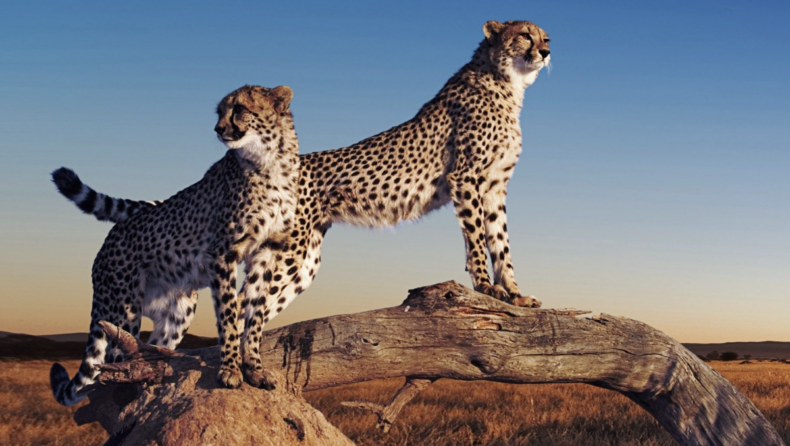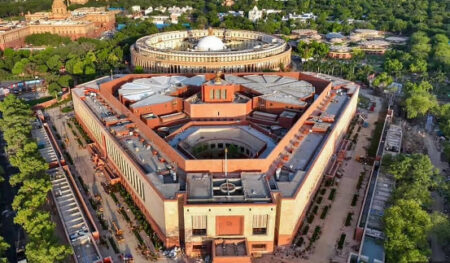Cheetahs will be welcomed in India on the 72nd birthday of the Prime Minister of India, Mr. Narendra Modi. This is an effort worth appreciating to restore an extinct species which vanished over 70 years ago.
The wait for the fastest animal to walk on Indian land is most likely to be over in a day or two. As the cheetahs are ready to be shipped from Namibia to reach their new home. A carnivore this big is shifting from one continent to another for the first time.
Kuno National Park is the official territory assigned by the government where the cheetahs are going to be shipped, as announced by MP Chief Minister, Shivraj Singh Chouhan.
The Prime Minister of India, Mr. Narendra Modi will be inaugurating the homecoming of an extinct species on his 72nd birthday.
During the medieval period, there were more than 10,000 plus cheetahs when the Mughal emperor Akbar was the ruler.
The large carnivore has been completely wiped out from India due to its use for racing, sport hunting, overhunting, and habitat loss.
The last glimpse of the cheetah was when in 1947 a maharaja shot three cheetahs. And after that India lost the privilege and the cheetahs were extinct.
The last glimpse of a cheetah was when a maharaja shot three cheetahs. And after that India lost the privilege and the Asiatic cheetah was declared extinct in India in 1952.
How will the cheetahs be brought to India?
A neatly malnourished female leopard and two brothers hunting together were among eight big cats brought from Namibia to bring the species back to India. The aircraft carrying eight cheetahs from southern Africa had a tiger, India’s national animal, intricately painted on the front, a photo shared by the High Commission of India in Namibia shows.
On September 17, between 6 and 7 am, the cheetahs will arrive in India via cargo jet in the capital of Rajasthan. Then, they’ll be transferred to a helicopter, and from there, they’ll be flown to Kuno National Park in Bhopal.
The forest official claimed that representatives from the environment ministry were in touch with Namibian authorities and in charge of making arrangements for the transcontinental cheetah project. As part of the cheetah’s reintroduction scheme, senior forest department officials told Hindustan Times that no food will be provided to animals traveling from Namibia to India.
He claimed that the goal was to avoid health issues during a lengthy journey, which would already make animals uneasy.
Precautions taken by government
A unique enclosure will be used to house the large cats. But in addition to the ongoing security surveillance, the cheetahs will also be protected by teams of carefully trained dogs.
At the ITBP’s National Training Centre for Dogs in Bhanu, which is 22 kilometers from Chandigarh, one of the first such dogs is already enrolled and receiving training.
Several dogs, including a 5-month-old Alsatian named Ilu, are being trained to be used in the Valmiki Tiger Reserve in Bihar, Bandipur Tiger Reserve, Nagarhole Tiger Reserve, Bhadra Tiger Reserve, and Kali Tiger Reserve (Karnataka). Ilu, however, has a considerably more difficult duty to do. She would be sent to Kuno National Park to guard the new wild cats there.
But how can the dogs keep a cheetah safe?
Sanjeev Singh and Mohammed Rashid, two forest rangers, have observed numerous poachers and smugglers over the years.
“The cheetah is able to defend itself. Other animals do not pose a threat to it. However, it faces threats from people, particularly poachers, they claimed.
Hitesh Shandaliya, an ITBP trainer, stated that dogs could aid in deterring poachers. When it comes to spotting poachers by their scent, it is superior to humans. It will aid in finding them if the wild cat is not readily apparent.Numerous wild species all around the world are in danger of extinction due to the illegal wildlife trade.













